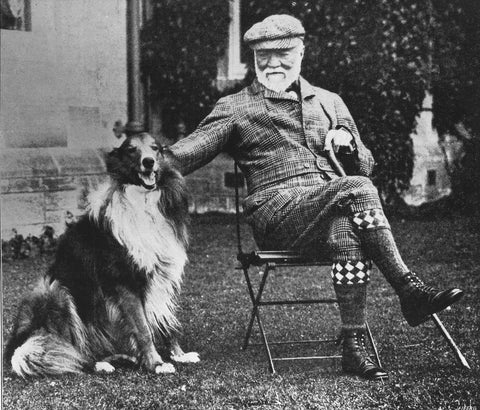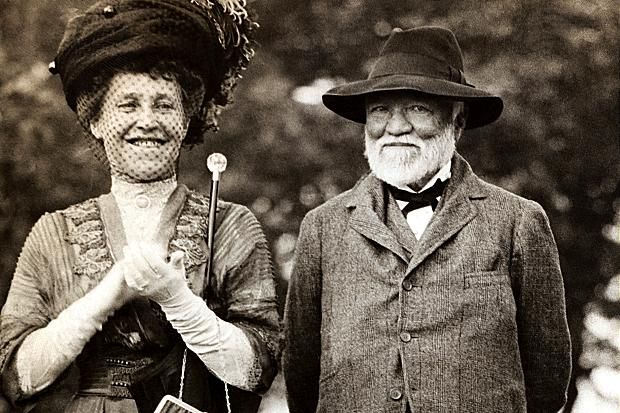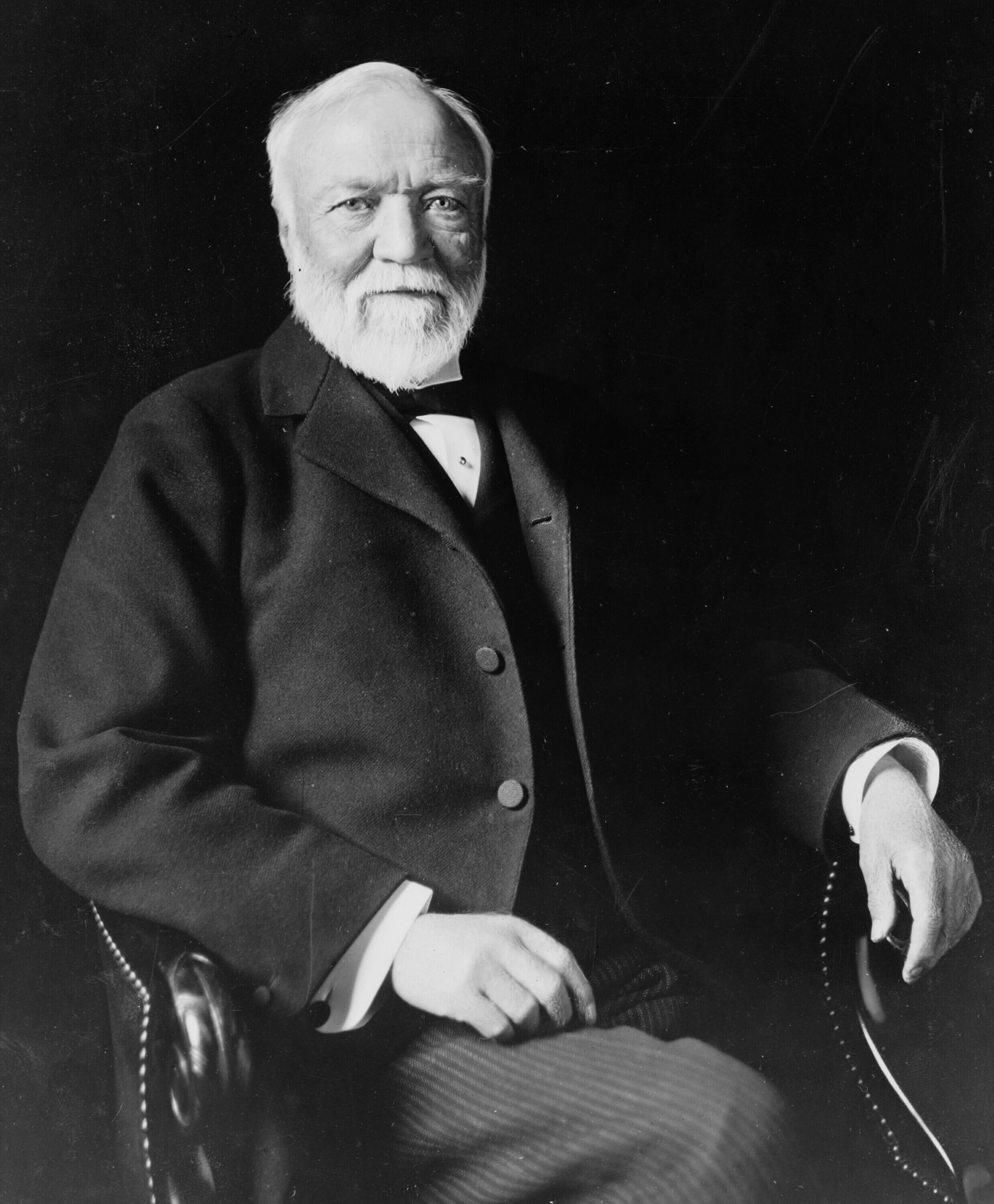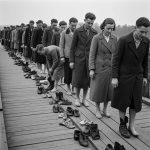Andrew Carnegie: From Factory Floor to Philanthropic Giant

The story of Andrew Carnegie is one of the most remarkable rags-to-riches journeys in modern history. Born in Dunfermline, Scotland, in 1835, Carnegie grew up in poverty. His family immigrated to the United States in 1848, settling in Pittsburgh in search of a better life. At just 13 years old, Carnegie began working as a bobbin boy in a cotton factory, earning a meager $1.20 a week—a humble beginning for a man who would later become one of the wealthiest individuals the world had ever known.
Climbing the Ladder of Industry
Carnegie’s rise was fueled by relentless ambition, a sharp intellect, and an unwavering belief in progress. After his factory job, he worked as a messenger boy at a telegraph company, quickly mastering Morse code and impressing his employers. By his early twenties, Carnegie had secured a position with the Pennsylvania Railroad Company, where he learned the skills of business, investment, and management that would define his career.
In the decades that followed, Carnegie seized opportunities in iron and steel production, industries that powered America’s railroads, bridges, and skyscrapers. In 1892, he consolidated his holdings into the Carnegie Steel Company, which became the backbone of the American industrial revolution. By the dawn of the 20th century, his steel empire was the largest in the world.
The Historic Sale and Enormous Fortune
In 1901, at the height of his success, Carnegie sold Carnegie Steel to financier J.P. Morgan for the staggering sum of $480 million—equivalent to more than $15 billion today. Overnight, the boy who once toiled in a factory was transformed into one of the richest men in history. But what Carnegie did next set him apart from other industrial titans of his era.
The Gospel of Wealth
Carnegie firmly believed that great wealth came with great responsibility. In 1889, he published an essay titled “The Gospel of Wealth,” in which he argued that the rich were merely trustees of their fortunes, charged with using them for the betterment of society. True to his philosophy, Carnegie devoted the rest of his life to philanthropy on an unprecedented scale.
He gave away nearly 90% of his fortune, funding education, science, peace initiatives, and cultural institutions. Most famously, he established more than 2,500 public libraries across the United States and abroad, ensuring that people of all backgrounds could access knowledge and opportunity. He also founded the Carnegie Corporation of New York, the Carnegie Endowment for International Peace, and the Carnegie Mellon University—all of which continue to shape society today.
Legacy of a Giant
When Andrew Carnegie died in 1919, he left behind more than a fortune—he left a legacy of generosity and progress. His life remains a testament to the power of perseverance, the promise of the American dream, and the belief that wealth should serve humanity.
From the factory floor to the pinnacle of industry, Carnegie’s journey reminds us that true greatness lies not in what we keep, but in what we give.











